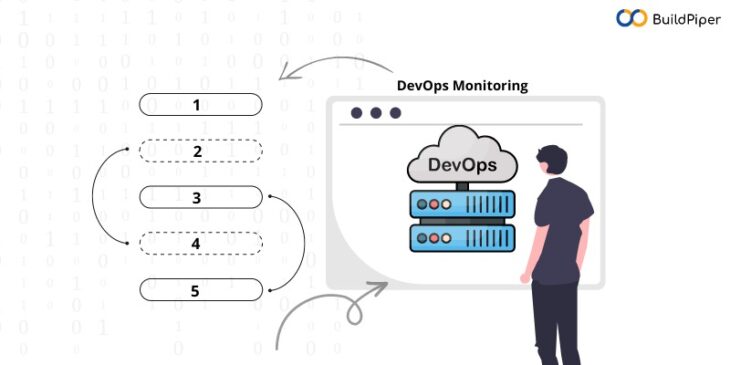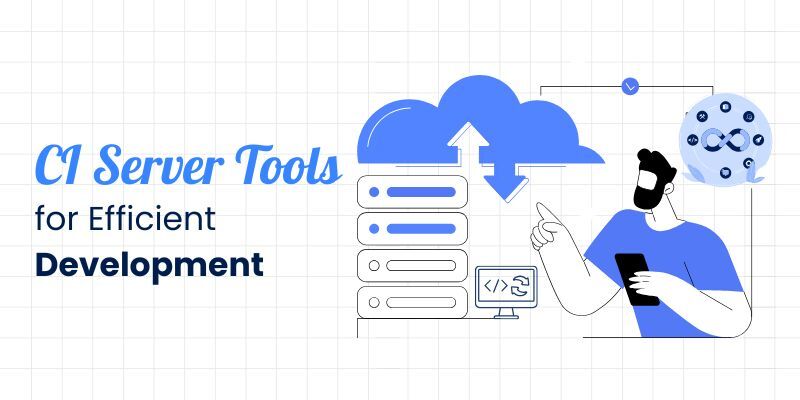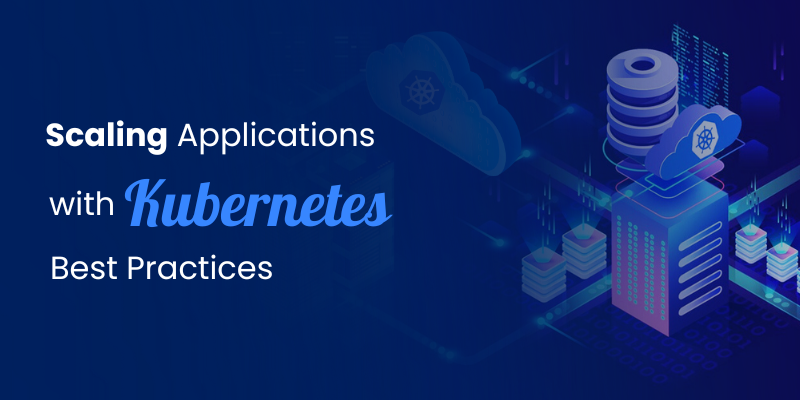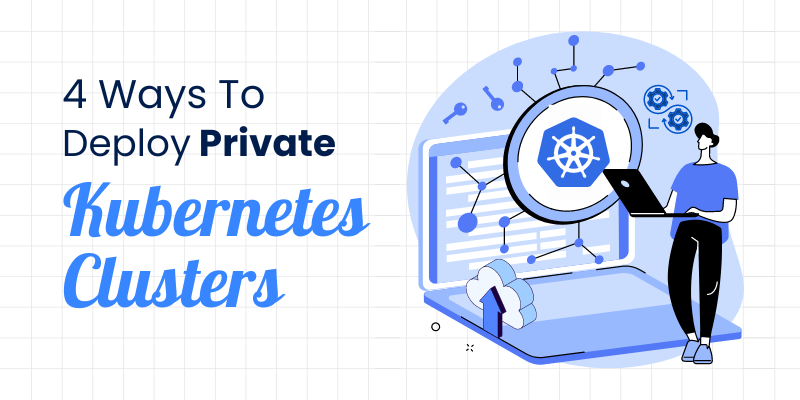
With DevOps monitoring, teams can quickly identify issues and fix them in advance before they impact the application’s performance. In addition, the process enables developers to shift left to earlier phases of development, reducing the cycles of production changes. Failures and issues can easily be detected and dealt with manually or automatically as required with better DevOps monitoring tools.
No doubt, monitoring in DevOps brings significant benefits to enterprises but only when it is effectively implemented. In this blog, we’ll talk about different use cases to extract maximum advantage from DevOps monitoring. Here are 5 best use cases of monitoring in DevOps that can help organizations to achieve desired outcomes with complete success. Take a look!
We’ll discuss these 5 DevOps use cases for effective monitoring of the system environment.
- Monitoring Git Workflows
- Distributed Tracing
- Continuous Integration/Deployment Log
- Configuration Management Changelogs
- Code Instrumentation
Let’s discuss these in detail.
Monitoring Git Workflows
Monitoring Git Workflows can help development teams in gaining a better view of their application ecosystem. Let’s see how. When multiple developers work on the same project functionality, there are higher chances of recurring codebase conflicts. Git helps manage and resolve conflicts occurring within the Git workflows. These conflicts may occur during code commits and software rollback. Monitoring Git workflows enable teams to keep track of all conflicts that can hinder the development speed and cause issues.
Distributed Tracing
Distributed tracing is a process of tracking application requests as they flow from frontend devices to backend services and databases. DevOps & SRE teams can use distributed tracing to check and monitor requests that exhibit high latency or errors. Distributed Tracing is important for optimizing app performance and identifying bottlenecks. With Distributed tracing, teams can understand how applications interact with each other through APIs. This way it becomes easier to detect and repair issues.
Distributed Tracing Tools: Jaeger, Zipkin, New Relic and Dynatrace
[Good Read: The 3 Pillars of Observability: Logs, Metrics and Traces]
Continuous Integration/Deployment Log
With the growing adoption of CI/CD pipelines in the development space, monitoring them is crucial for a healthy system. Lack of monitoring and production-level resiliency can lead to delayed release or even bring the delivery pipelines to a grinding halt.
- CI logs inform teams about the errors or issues in the code builds. Monitoring them ensures the identification of potential challenges in the build pipeline so that teams can address them in advance.
- CD logs deliver reports on the development pipeline’s overall system health and status. It helps to troubleshoot any failed deployments/rollbacks and also repair potential issues.
Configuration Management Changelogs
Configuration management changelogs offer insights into the system’s overall health and critical changes. The changelogs contain records of all changes made to configurable components or resources of the system. Monitoring these logs enables teams to
- Get an overview of changes made to the system –manual and automated
- View unauthorized changes
- Identify and repair damages
Code Instrumentation
Code instrumentation is the process of inserting code into an application that collects data about its performance and operations route. By monitoring the instrumentation results, teams can easily determine the efficiency of the DevOps practices and identify potential gaps that need urgent lookout and improvements. Code instrumentation helps to measure a product’s performance by diagnosing errors. It’s also important for detecting bugs and enhancing testing.
Integrate before you Start
So, these were some of the important DevOps use cases that your teams must look into before implementing a particular monitoring strategy. These use cases can help in effective and successful execution of DevOps monitoring strategy. The use of monitoring tools in DevOps makes your system proactive and enhances its performance. Technology teams can easily identify system errors in advance and remove bottlenecks.
There’s no doubt that DevOps monitoring is critical for maintaining the system’s health and performance. DevOps monitoring tools and platforms can help DevOps & SRE teams to get updates on the real-time status of the system.
Packaged as an out-of-the-box and ready-to-use solution to manage Kubernetes and Microservices application delivery, BuildPiper can help your team in gaining complete observability and monitoring. Discover HOW! No doubt, the platform is one of the most powerful monitoring tools in DevOps available in the market today.
To explore other interesting features of this platform, schedule a demo NOW!



